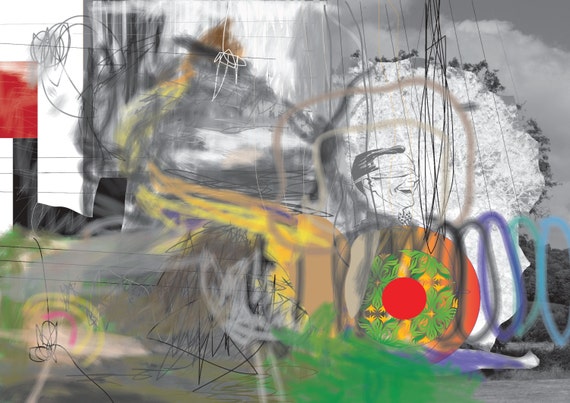
Copyright Office.In part one of a multi part series on Photographer’s Copyright, I’ll be talking with Carolyn E. Rob Kasunic, Director of Registration Policy and Practices at the U.S. 2017), which can be found on the Copyright Office website at. Copyright Office Practices Chapter 900 (3d ed. Further guidance on the registration of Visual Arts Works can be found in Chapter 900 of the U.S. Paintings fall into the administrative class of Visual Arts Works. The Office strongly encourages that applications be submitted electronically, as those applications generally are processed more quickly than paper applications. When completing the application to register a painting with a photograph of the painting as the deposit, you should select “2D Artwork” in the “author created” field and not “photograph,” because you are attempting to register the painting depicted in the photograph, not the photograph itself as a work of authorship.Īpplications may be submitted either through the Office’s electronic registration system or on a paper application. In the case of a painting, the deposit copy that you must submit would generally be “identifying material” in the form of a photograph of your painting. The general rule is that a separate application for registration should be submitted for each work together with the a separate filing fee and deposit copy. To register your work with the Copyright Office, you must submit an application, the appropriate filing fee, and a copy of the work to be registered. For a full list of the benefits associated with copyright registration, see U.S. The most important benefit is the ability to initiate a copyright infringement action in a federal court to enforce your exclusive rights. However, there are significant benefits afforded under the Copyright Act that attach only when a work has been registered with the Copyright Office. Federal copyright law protects your work upon completion of your painting and during its development over time.


Copyright Act states that copyright subsists in original works of authorship fixed in a tangible medium of expression.


 0 kommentar(er)
0 kommentar(er)
